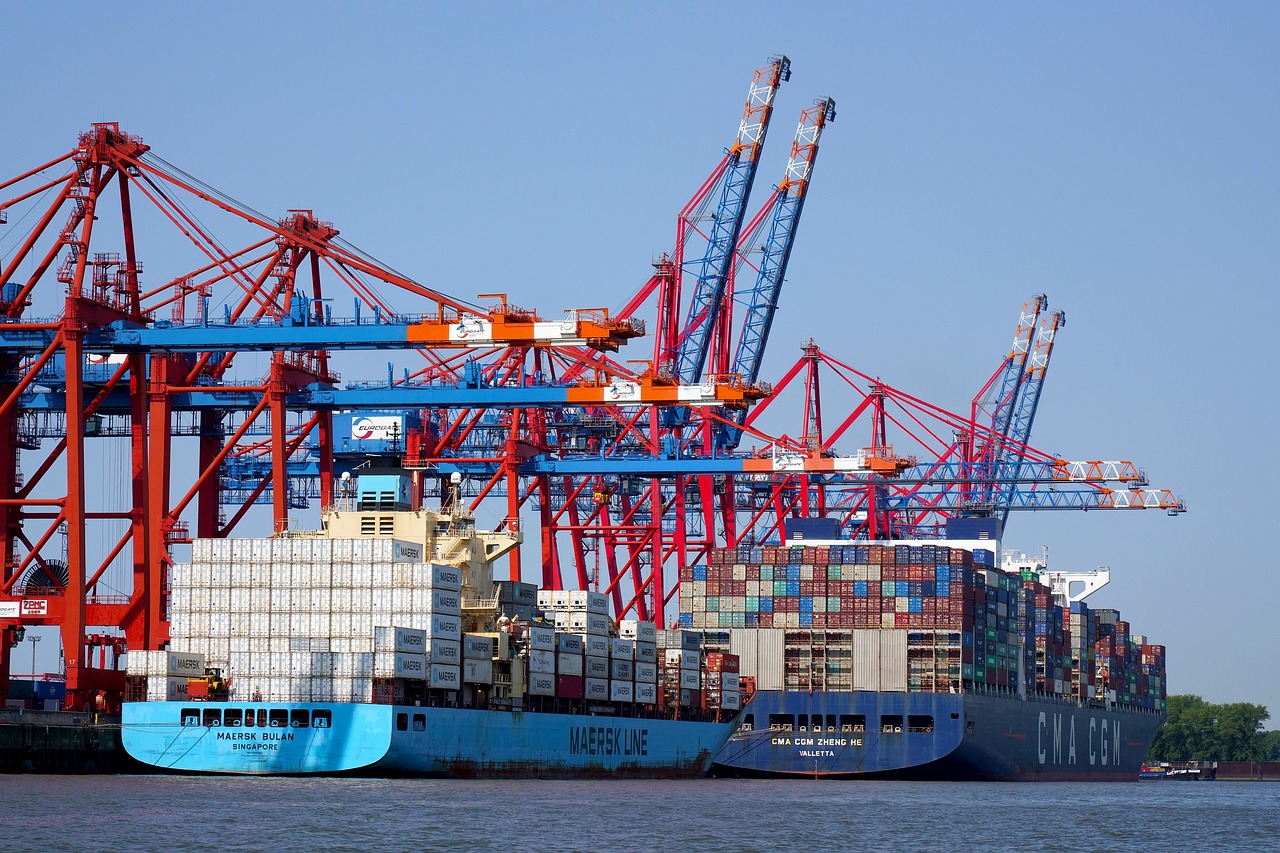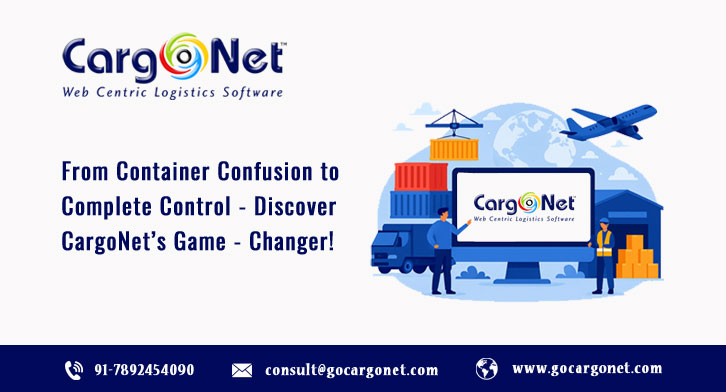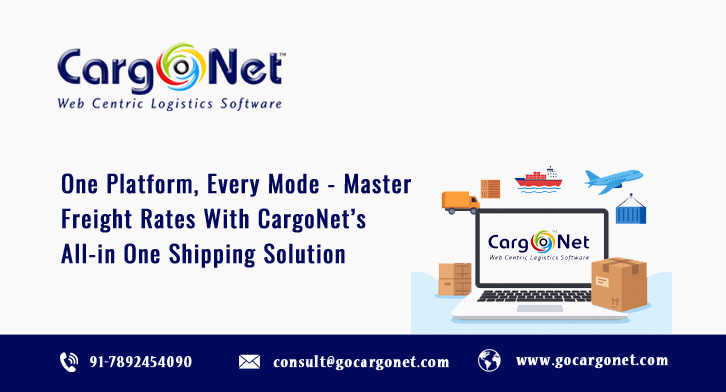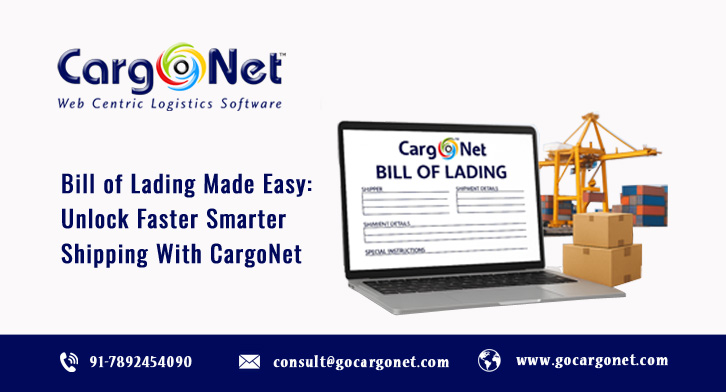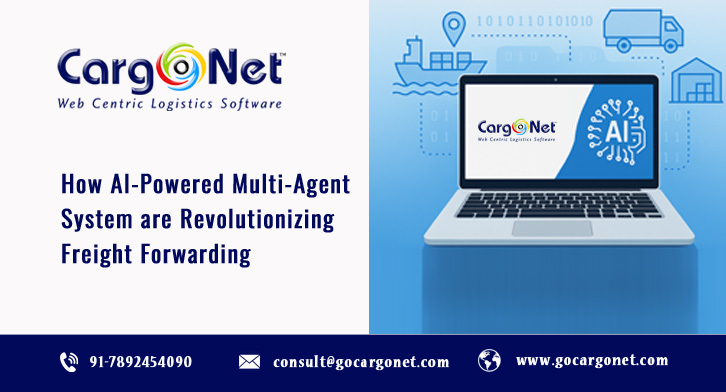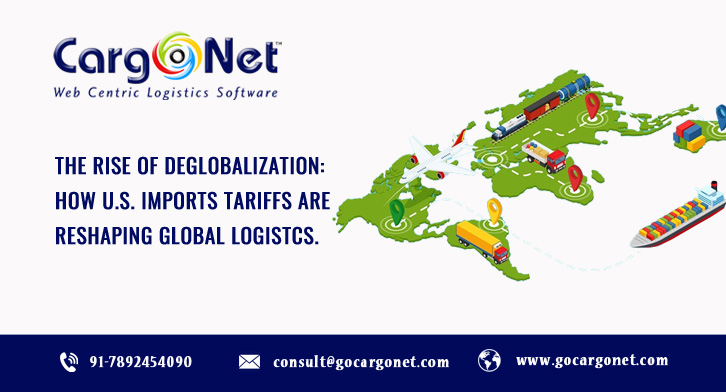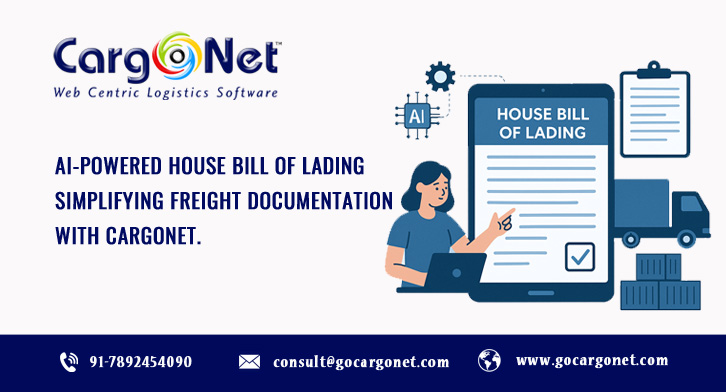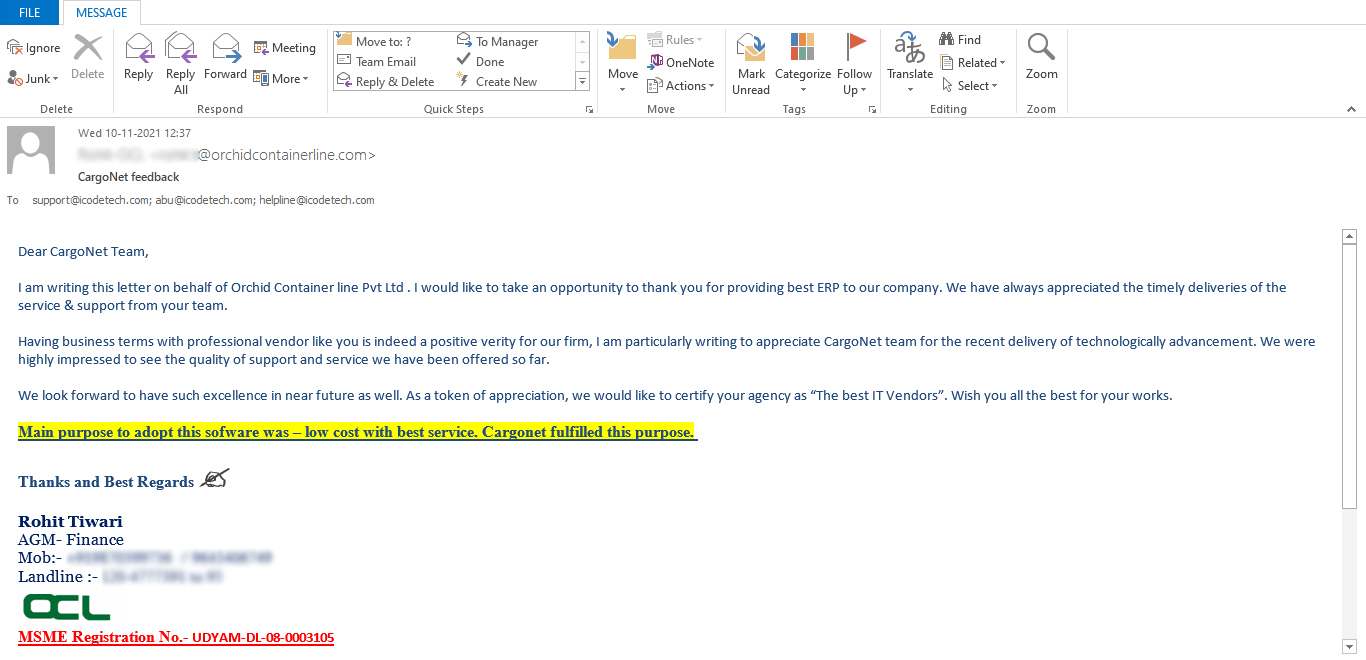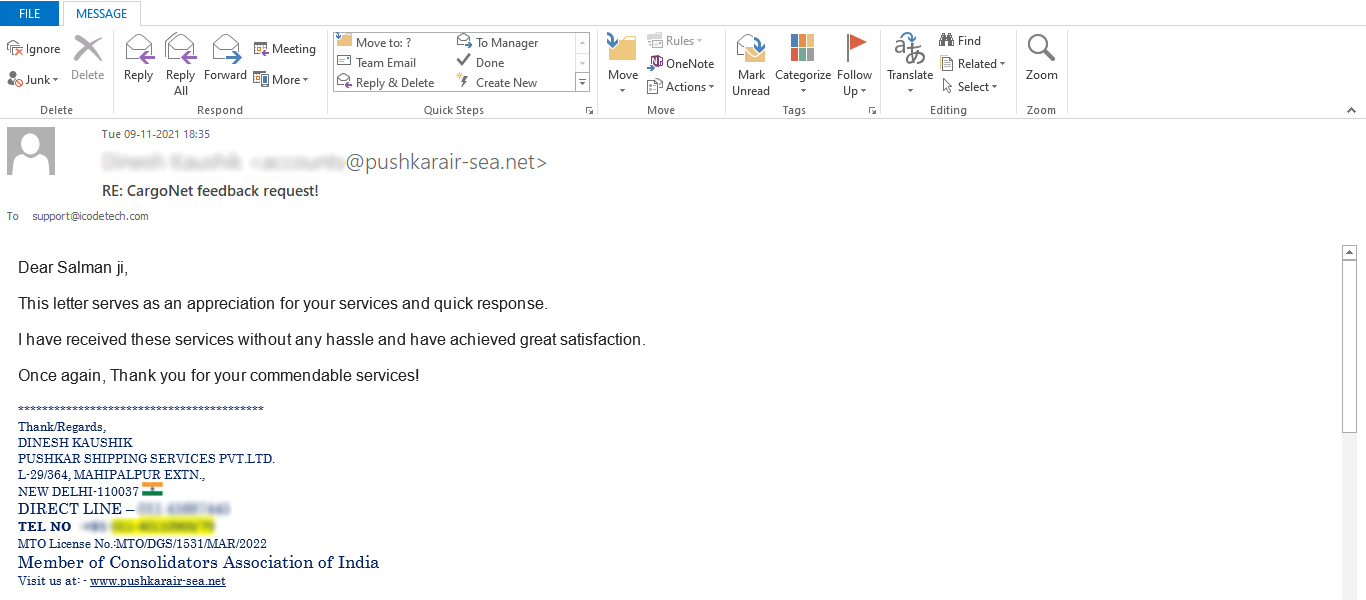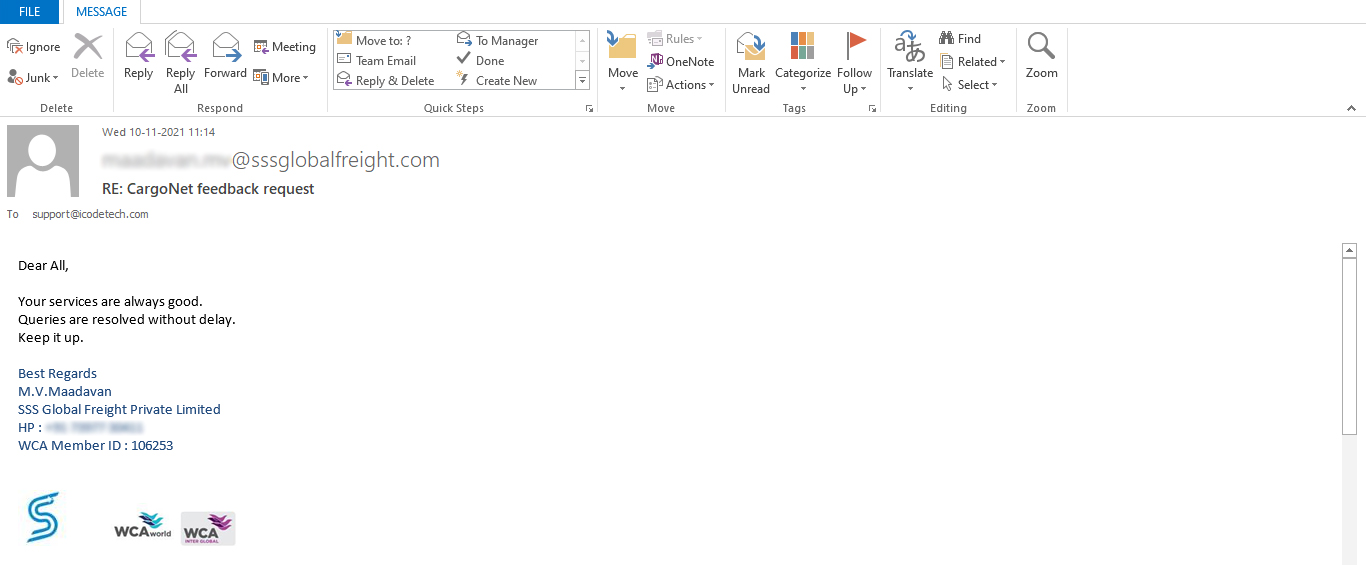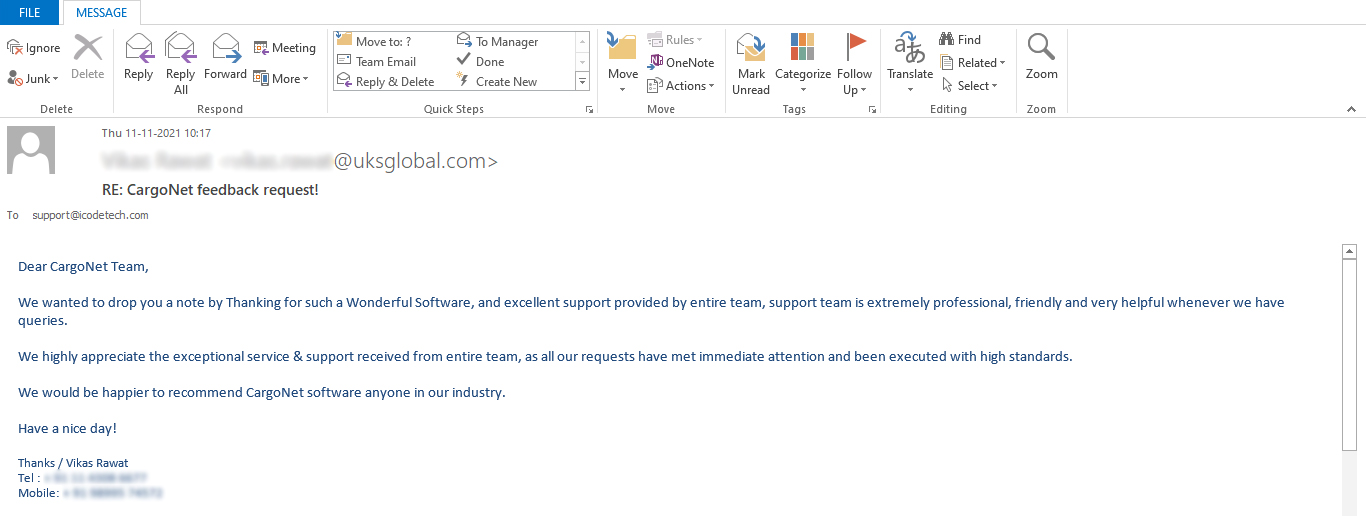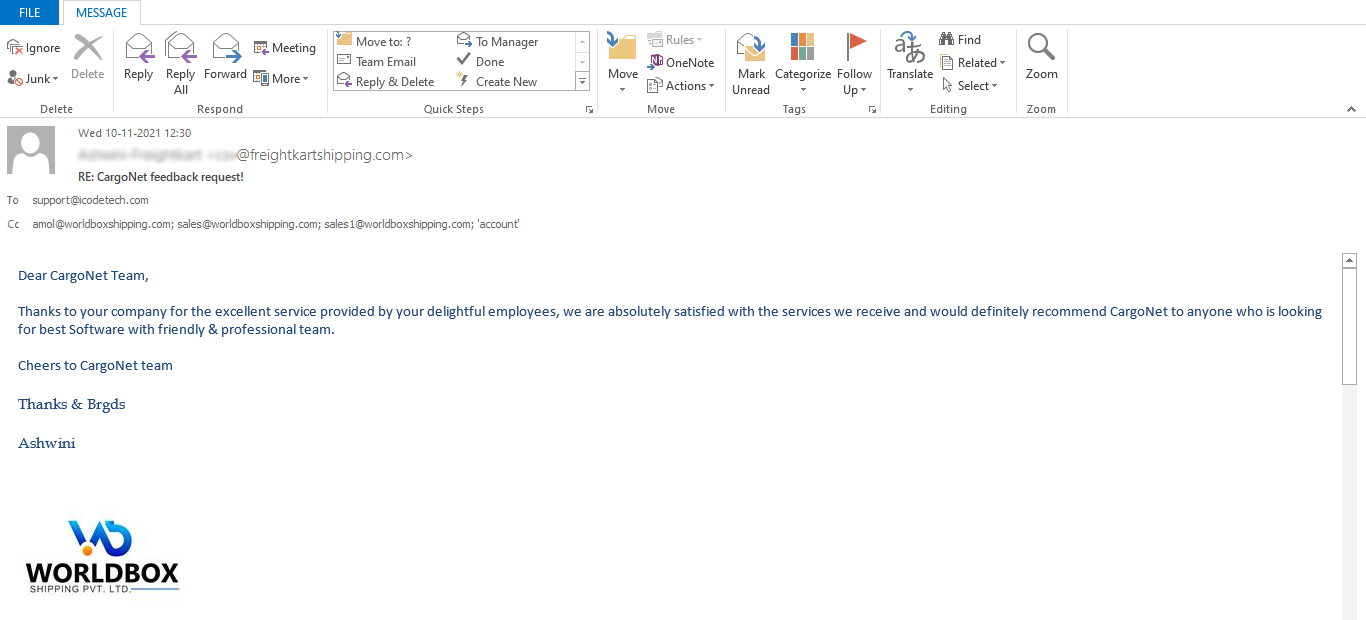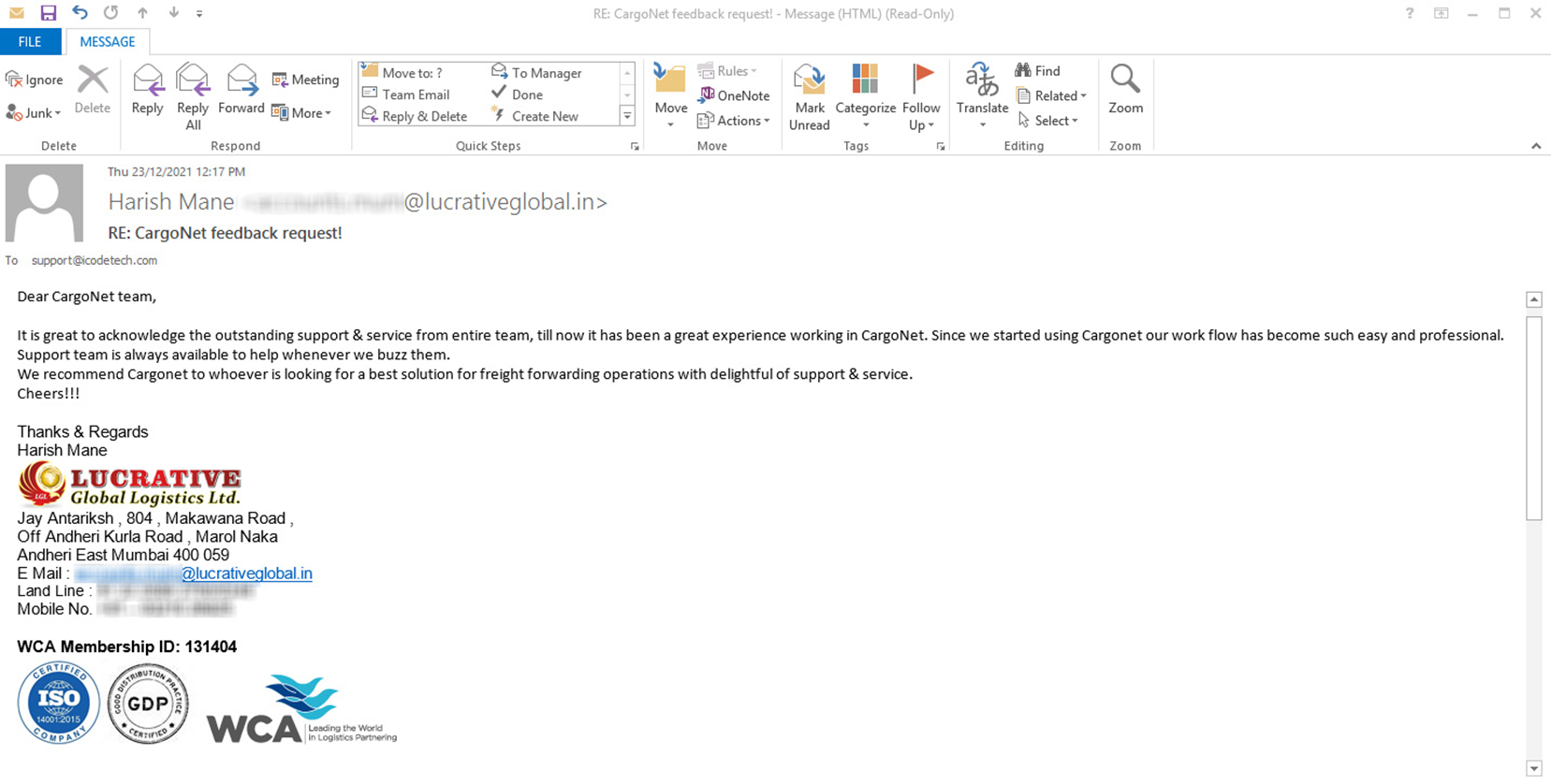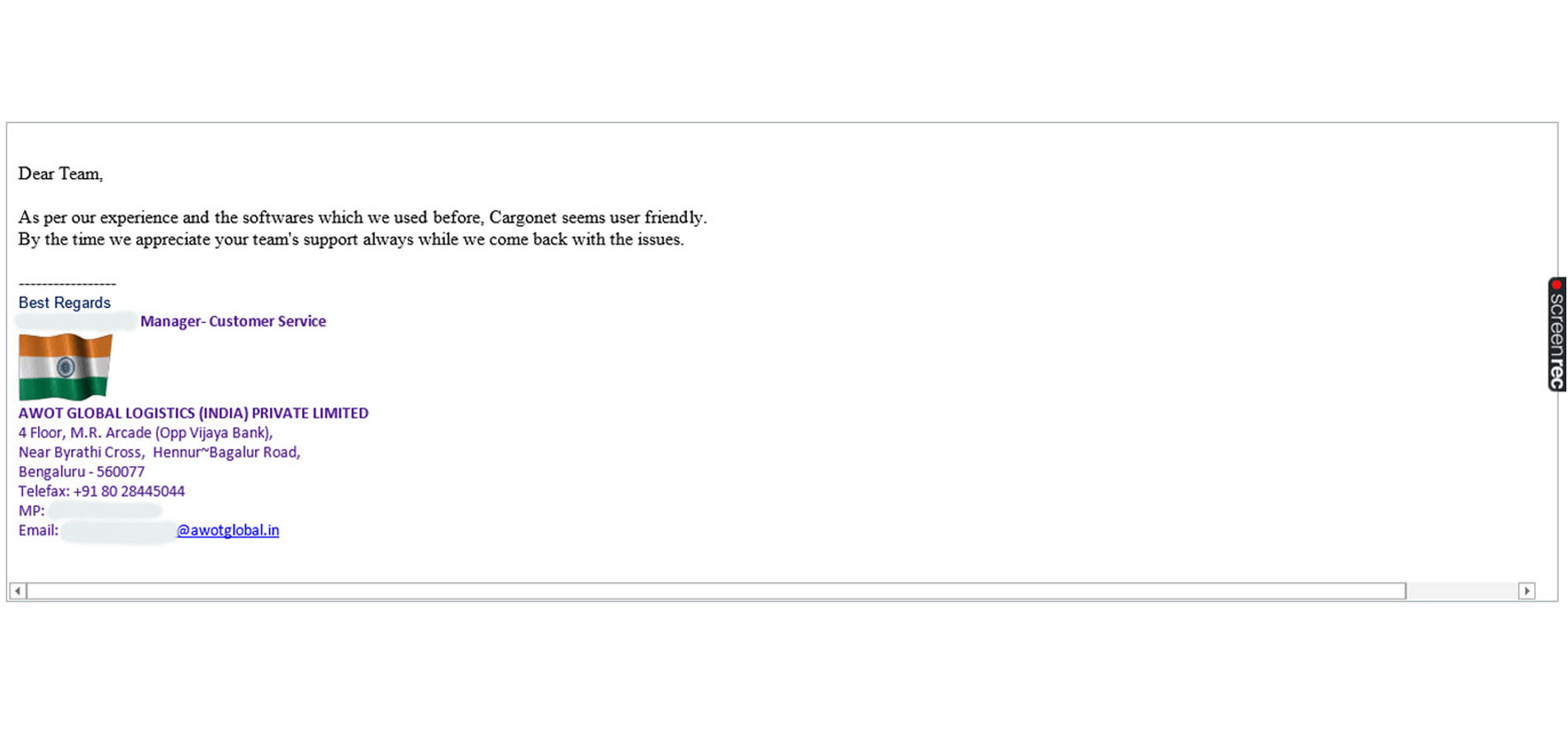In today’s dynamic global trade environment, Saudi Arabia is rapidly emerging as a key player in global manufacturing and logistics — a transformation largely fueled by shifts in US trade policies. As American economic strategies push companies to diversify supply chains away from China, Saudi Arabia is stepping up as a competitive, well-connected alternative for global production and export.
The US-China Trade Shift: Why Manufacturers Are Looking to Saudi Arabia
For decades, China was the undisputed center of global manufacturing. But in recent years, US trade policies have introduced heavy tariffs on Chinese imports — some reaching up to 25% or more on electronics, machinery, and metal goods — making Chinese-made products more expensive for American consumers.
To reduce risk and dependency, the US government has been encouraging companies to relocate production or assembly operations to ‘friendly’ trade regions such as Saudi Arabia, which enjoys preferential trade terms, lower duties, and no punitive tariffs.
This evolving strategy, known as “friend-shoring”, is motivating many global manufacturers to explore Saudi Arabia as a base for production, assembly, and global re-export — particularly to American and European markets.
Saudi Arabia’s Ambitious Push to Build a Logistics Empire
Recognizing this opportunity, Saudi Arabia has launched bold investments to make itself the manufacturing and logistics heart of the Middle East — and potentially a rival to global trade giants like Singapore or Rotterdam.
Massive Port Upgrades: NEOM, Jeddah, Dammam
- Port of NEOM: A futuristic mega-port projected to handle 12 million TEUs annually, integrated into Saudi’s $500 billion NEOM smart city.
- Jeddah Islamic Port: Expansion of container terminals is set to increase capacity to 9 million TEUs by 2030 — serving 65% of the country’s sea trade.
- King Abdulaziz Port (Dammam): Capacity doubling to 7.5 million TEUs to meet demand for Gulf and Asia-bound trade.
Special Economic Zones (SEZs) to Attract Manufacturers
Saudi Arabia’s tax-free industrial zones offer:
- Full foreign ownership,
- Corporate tax exemptions for up to 50 years,
- Proximity to major ports.
- Simplified customs clearance,
These SEZs are drawing companies in electronics, auto parts, chemicals, and textiles — sectors directly impacted by US tariffs on Chinese exports.
Strengthening US-Saudi Trade Links
- In 2024 alone, non-oil exports from Saudi Arabia to the US rose by 11%, especially in electronics and industrial goods.
- Rebranded or reassembled goods made in Saudi can enter the US with lower tariffs compared to Chinese-made products, offering significant cost savings.
The New Global Trade Route: China ➔ Saudi Arabia ➔ USA
Manufacturers are shifting their logistics chains:
- Raw materials and parts from China are now shipped to Saudi Arabia for assembly.
- Finished products are exported directly to the US, Europe, or Africa, avoiding high China-origin tariffs.
- Saudi Arabia’s proximity to both Asian suppliers and Western buyers makes this shift efficient and profitable.
This shift is expected to drive a 20–25% increase in transshipment traffic through Red Sea ports over the next 5 years (Source: IAPH 2025 Forecast).
Challenges Along the Way
Despite its promise, the transformation isn’t without hurdles:
- Operational bottlenecks and customs inefficiencies at ports like Jeddah Islamic Port remain a concern.
- Geopolitical tensions in the region occasionally disrupt shipping schedules.
- Workforce and supply chain management still require technological upgrades.
Saudi authorities are responding by digitizing customs processes and inviting private sector logistics companies to invest in port operations.
What This Means for Global Manufacturers & Freight Providers
- Cost Savings: Avoid high tariffs on China-made goods bound for the US and EU.
- Strategic Location: Saudi Arabia bridges Asia, Europe, and Africa by sea.
- Incentives: Tax holidays, SEZ benefits, and streamlined trade regulations.
- Modern Infrastructure: State-of-the-art ports and upcoming manufacturing zones.
For global traders, freight forwarders, and supply chain operators, Saudi Arabia’s rise as a logistics hub is not a distant possibility — it’s happening now.
CargoNet: Your Partner in Navigating the New Saudi Trade Route
At CargoNet, we help logistics companies, NVOCCs, and freight forwarders adapt to these global shifts. Our AI-driven freight management platform simplifies operations in the complex Saudi-China-US corridor — from booking and documentation to customs clearance and cargo visibility.
- Seamless management of Saudi-bound and US-bound shipments
- Real-time tracking for multi-country transshipments
- Optimized route planning and port intelligence




